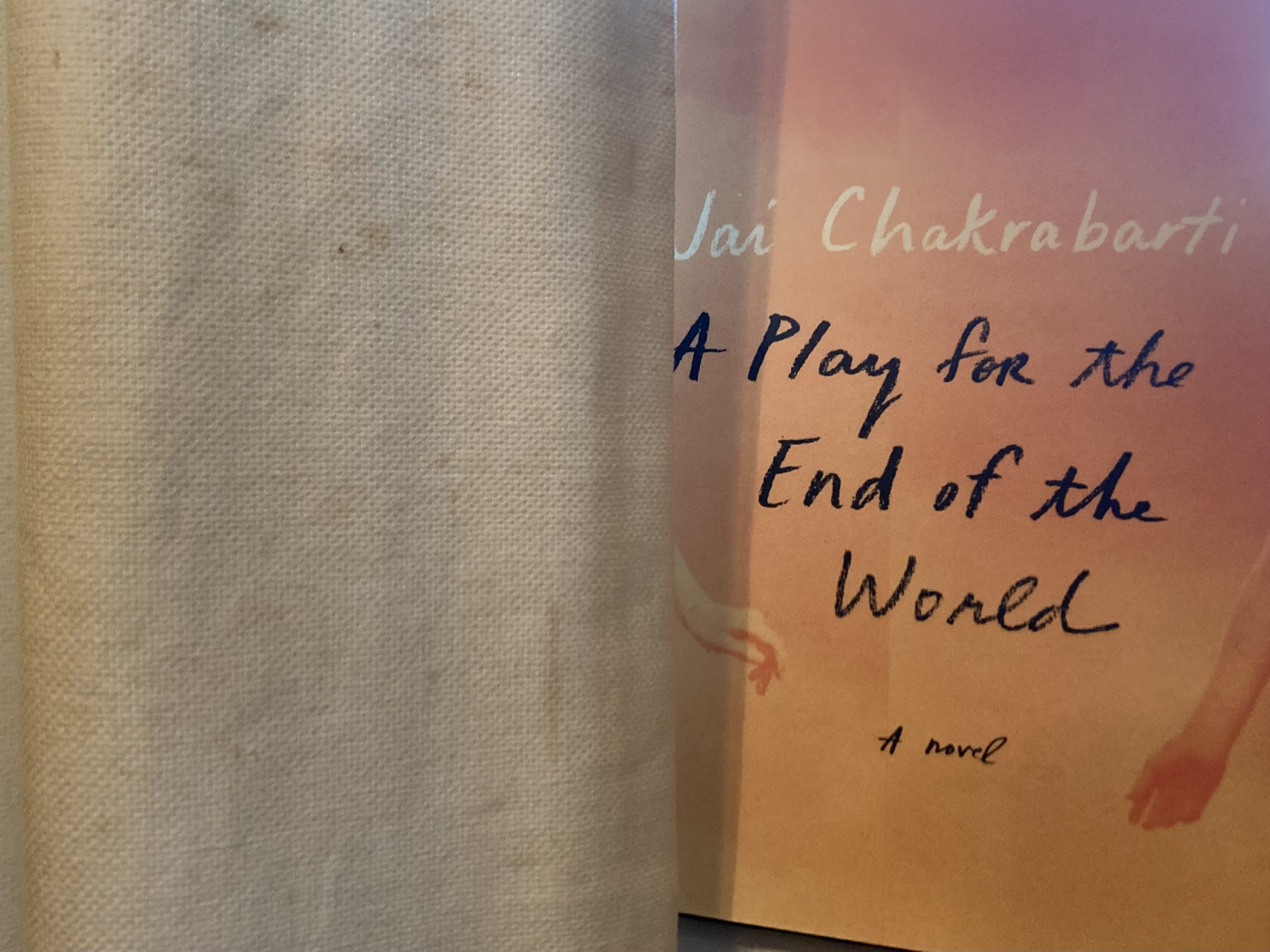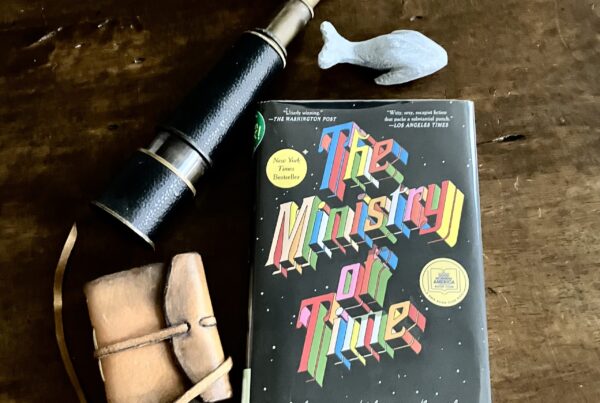Jai Chakrabarti’s first novel, A Play for the End of the World, has lived in me since I read it three months ago. With the Holocaust as backdrop, Chakrabarti traces the story of two survivors of the Warsaw Ghetto: Jaryk, who as a child escaped from a train to Treblinka, and Misha, ten years older, who happened to be doing an errand outside the Warsaw Ghetto when the Nazis came. Both men are trying to put their memories behind them.
Yet thirty years later the past returns, in the form of a play that Jaryk (and the other children in a Jewish orphanage) performed the month before the death transport. Now, in the early 1970s, the play is being performed in India amid political violence. And, despite having just fallen in love with Lucy, a Southern transplant to New York City, Jaryk follows his mentor Misha’s mysterious trail to India, trying to discover more about himself.
A kernel of the story is true. Doctor Janusz Korczak, a “Maria Montessori” of Poland, ran an orphanage with nearly 200 Jewish children until they were transported to their deaths on August 6, 1942. Korczak could have been saved by his many friends but refused, staying with the children until the end.
Several weeks before the deportations to Treblinka, Korczak’s children performed, according to Chakrabarti’s author’s note, “an adaptation of a Bengali play, Dak Ghar, by Rabindranath Tagore,” who was the first Indian to win a Nobel Prize: “The play is about a dying child living through his imagination while quarantined,” and Korczak chose it so that his children could reframe their last summer of suffering in Warsaw and stay stalwart for what they knew would come.
In its historical range, the novel inspired me to listen to an hourlong podcast about the partition of Pakistan in 1947, recorded to throw light on the United States’ current fractured politics. It led me to put on hold a library book with barbed wire across the cover: Ghetto Diary, Korczak’s journals from 1942.
Although this book is tragic, it also emanates hope and redemption, revolution and activism, memory and forgiveness. Chakrabarti shuffles the characters’ despair in an existential magic trick, alchemizing their trauma into a moonshot at joy.
In the process, the chapters wend their way from style to style (sometimes third person, sometimes first) and from place to place (Poland 1942, New York City 1972, India 1972).
In a chapter describing Korczak on the day he leads his charges to the train tracks in 1942, the orphanage director “focuses on walking without a limp, his bum knee struggling against him with each step, and nods at the Jewish policeman who nods back at him, stone-faced. One little boy holds his hand and that is enough. To live with any sense of fullness you must be willing to bewilder yourself, embrace the confusion of a world that is always falling away from you, a little at a time.”
Chakrabarti “bewilders” us by zigzagging such lessons back to the present, in ways we’re open to hearing. Toward the end of the book, we listen to a Rosh Hashanah sermon from Jaryk’s mentor, on a day after Jaryk has returned from his pilgrimage to India: “Keep your attention on the blue flame of this life, the rabbi says. Live this day and every day of this year with your highest purpose.”
This book layers questions about what we would do, what is our highest purpose. Would we help people move across a militarized border, whether geographic or spiritual? Would we stay with a lover or follow a friend? A Play for the End of the World offers us choices when its characters often have little choice at all – except for to live honorably in the face of unimaginable pain, helped only by accepting what the past has to offer, together.




